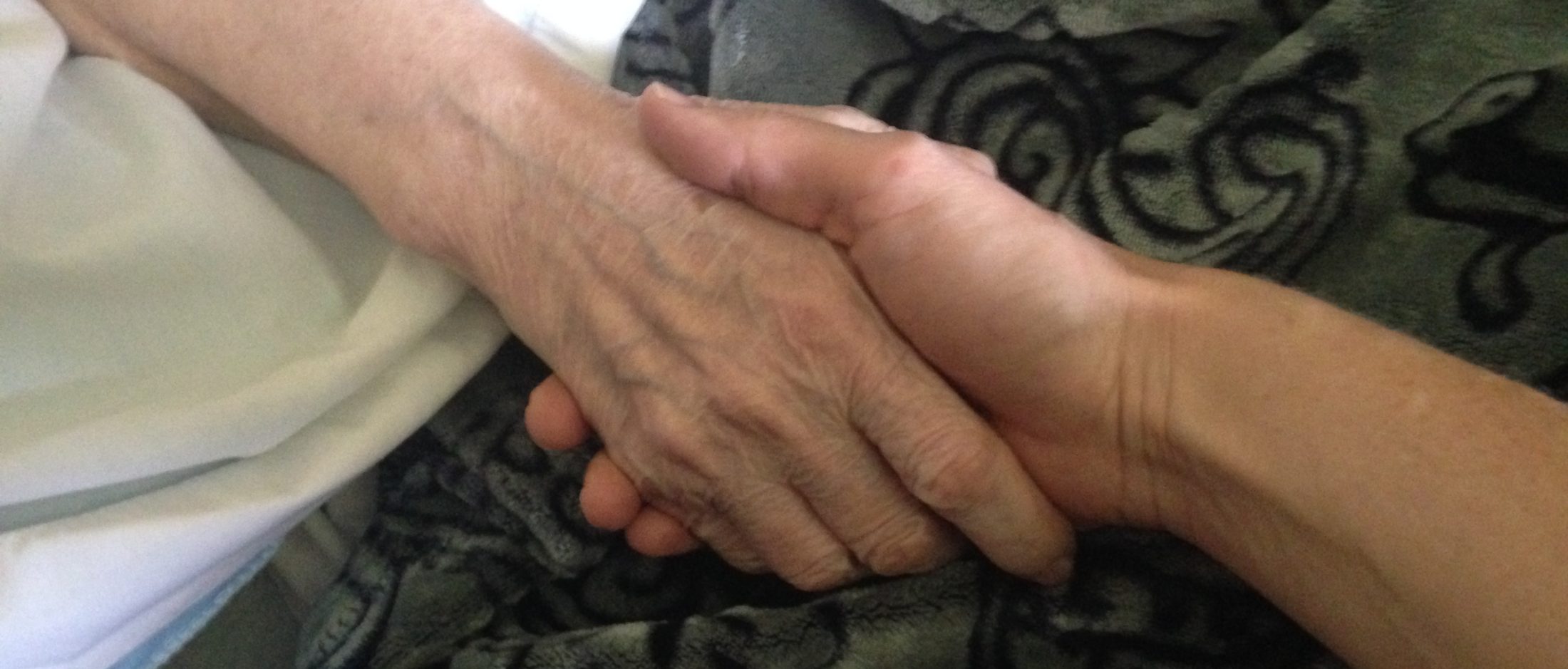ApoE4 Part 1
I first learned of the discovery of an Alzheimer’s gene several years ago. I was very curious at the time whether or not I’d inherited it, but everyone I discussed it with said the same thing: If you test positive, you can forget about getting long-term care insurance, and besides, why would you want to know if there’s nothing you can do about it? At the time I quite agreed and put it out of my head.
Now, being much more educated on the Alzheimer’s gene, ApoE4, I am not at all afraid of it, and I want to shout it from the roof tops: Inheriting the gene is by no means a death sentence! Though having ApoE4 does increase your chances of getting Alzheimer’s, it is NOT a guarantee.
So what is ApoE4 exactly and what information did I uncover to change my mind? Let’s start from the beginning.
The gene ApoE, which is short for apolipoprotein E, is a protein that carries lipids, such as fats, which usually are insoluble in water. ApoE has variants called alleles, and the ApoE with allele 4 carries the strongest known genetic risk factor for Alzheimer’s disease, Dr. Dale Bredesen wrote in his book, “The End of Alzheimer’s.” In the book, Bredesen writes,
“Carrying one ApoE4 (that is, inherited from one parent) increases your life-time risk of Alzheimer’s to 30 percent, while carrying two copies (inheriting copies from both parents) increases it to well over 50 percent (from 50 to 90 percent, depending on which study you read). That compares to a risk factor of only about 9 percent in people who carry zero copies of this allele.”
Bredesen continues in a footnote:
“Other genes, called presenilin-1 and presenilin-2, also increase the risk of Alzheimer’s and almost always cause symptoms to develop before age 60 and as early as a person’s thirties. But these genes have been found in only a few hundred extended families, accounting for less than 5 percent of cases.”
Bredesen says chronic inflammation is a key factor in developing Alzheimer’s and explains that people with the ApoE4 gene have stronger inflammatory responses than those with ApoE3 or ApoE2. The ApoE4 variant, according to Bredesen, dates back millions of years to our most primitive ancestors, at which time all humans carried two copies of the 4 allele. This higher inflammatory response, which is a defense mechanism brought on by our immune systems, was crucial to survival when our ancestors were far more likely to die from infection than dementia and other modern chronic illnesses. Additionally, our ancestors’ diet, active lifestyle and non-toxic environment combined with their shorter life expectancy likely made Alzheimer’s nonexistent in their world, he wrote.
As the millennia passed and we humans became too smart for our own good, life expectancies soared. We learned the value of sanitation, and the advent of antibiotics nearly eliminated our No. 1 cause of death. But with this progress came the increasingly sedentary lifestyle, toxic environments and mass-produced, processed foods that are stripped of most vital nutrients and loaded with inflammation-triggering ingredients that are toxic to the body. This triggers chronic inflammation regardless of which allele a person carries but is even more heightened in those with the 4 allele.
When all is said and done, after decades of constant toxic bombardment, not enough nutrients and lack of proper blood flow and oxygen due to not enough exercise and sleep, our poor brains can only handle so much and end up in such a state of defense that the cells begin to implode. Cell suicide is initiated in the body’s effort to clean out toxins and damaged cells to protect the most vital and primitive part of the brain — the brain stem, which controls heart rate, breathing, digestion and other basic survival needs. At the same time the environment in the body is not healthy enough to promote new cell/neuron growth. Hence, the slow progression of Alzheimer’s takes shape.
Through some stroke of seeming good luck, however, Bredesen says about 200,000 years ago, a mutation occurred, bringing about ApoE3.
“Today, most people carry two copies of ApoE3. This gives them a genetic risk of Alzheimer’s of about 9 percent,” he wrote in “The End of Alzheimer’s.” “But 25 percent of Americans, about 75 million, carry a single copy of ApoE4.”
A third mutation, ApoE2, occurred about 80,000 years ago, Bredesen says, and is still fairly rare. Dr. David Perlmutter, M.D., in his book, “Grain Brain,” wrote that ApoE2 increases people’s risk of developing Alzheimer’s later in life. ApoE4 on the other hand is more likely to bring on early-onset, while ApoE3 is believed to neither increase nor decrease one’s risk for Alzheimer’s at any time in life.
Bredesen describes the ApoE4 gene as being in a constant state of war, always on the defensive with its inflammatory response, while ApoE3 genes promote growth and longevity.
I know seeing the risk factors for people with one 4 allele is scary enough, let alone the numbers for those who’ve inherited two. I think my heart missed a few beats the first time I read, “50-90 percent, depending on which study you read.” Bredesen stresses, however, that even the minority who have inherited two ApoE4s can prevent and even reverse Alzheimer’s by following his ReCODE protocol — by adopting the proper diet, exercise and sleep regimes — to stop chronic inflammation in its tracks.
And through my experiences so far in following ReCODE, I think he’s absolutely right. I truly believe I was on a track towards cognitive decline until I turned my health around, but that story is for another day.
Next week I will continue my discussion on the ApoE4 gene with the fascinating study of epigenetics and my own family’s debate on whether or not to get tested for “the gene.”
